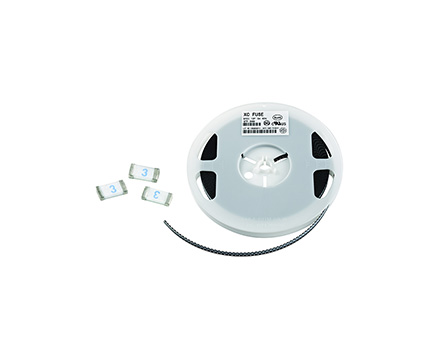
A general fuse consists of three parts: one is the melt part, which is the core of the fuse and plays a role in cutting off the current when blown. Fuses of the same type and specification should have the same material, geometric size, resistance value as small and consistent as possible, and the most important thing is to have consistent fusing characteristics. Household fuses are commonly made of lead antimony alloy; The second is the electrode part, which usually has two important components that connect the melt to the circuit. It must have good conductivity and should not generate obvious installation contact resistance; The third part is the support part. The melt of the fuse is generally thin and soft. The function of the support is to fix the melt and make the three parts a rigid whole for easy installation and use. It must have good mechanical strength, insulation, heat resistance, and flame retardancy, and should not produce phenomena such as breakage, deformation, combustion, and short circuit during use
Read recommendations: